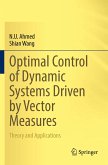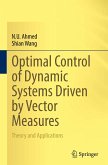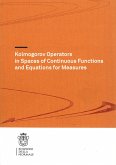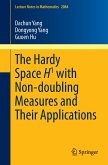Thesis (M.A.) from the year 1999 in the subject Mathematics - Statistics, grade: Passed, RMIT, course: MAppSc, language: English, abstract: This thesis considers both univariate and multivariate approaches to the analysis of a set of repeated-measures data. Since repeated measures on the same subject are correlated over time, the usual analysis of variance assumption of independence is often violated. The models in this thesis demonstrate different approaches to the analysis of repeated-measures data, and highlight their advantages and disadvantages.Milk from two groups of lactating cows, one group vaccinated, the other not, was analysed every month after calving for eight months in order to measure the amount of bacteria in the milk. The primary goal of the experiment was to determine if a vaccine developed by the Royal Melbourne Institute of Technology's Biology Department led to a significant decrease in mean bacteria production per litre of milk produced compared to the control group.A univariate model suitable for repeated measures data was initially tried, with mean bacteria production in the treatment group not significantly different from the control group (p < 0.68).The multivariate approach to repeated measures, profile analysis, yielded similar results for treatment effects (p < 0.68), while meeting the necessary assumptions for multivariate analysis.Finally, a generalised multivariate analysis of variance was carried out in order to fit polynomial growth curves for both the control and the vaccinated groups and to test if the growth curves were equal for the two groups. It was found that a slope-intercept model was adequate to describe both growth curves and that the growth curve for the treatment group did not differ significantly from that of the control group (p < 0.11).








